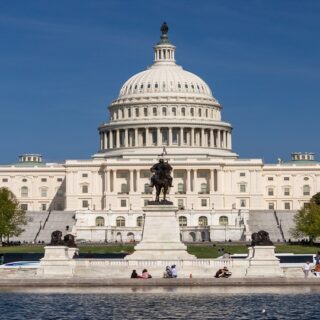
On October 9, 1967, Comrade Che, aka Ernesto Guevara de la Serna, a glorious son of the Argentine people, commander of the Cuban Revolution of 1959 and Cuban statesman, was executed in a school in the Bolivian village of La Higuera.
Apparently, the reason for the decision to execute Che Guevara was the reluctance of the Bolivian authorities to hold a trial of Comrade Che, which would have drawn the world’s attention to the situation in Bolivia.
The trial could have revealed details of the Bolivian command’s cooperation with the CIA, as well as the fact that many Nazi war criminals who participated in organizing the activities of the Bolivian special services were located and received refuge in Bolivia.
For example, such an infamous character as Klaus Barbie, who was engaged in consulting the command of the counter-guerrilla units of the Bolivian army, including those who were pursuing Che Guevara’s detachment, was hiding in Bolivia.
Naturally, if Che Guevara had been put on trial, these facts would also have become known. The order to execute Che Guevara was given by the President of Bolivia, Air Force General Rene Barrientes Ortuño, on the morning of October 9, who transmitted it in encrypted form to Felix Rodriguez, a CIA agent who was at the scene of Che Guevara’s interrogation.
Che’s executioner was 31-year-old Bolivian army sergeant Mario Teran. Before this, he received instructions from CIA representative Rodriguez to aim carefully, so as to create the impression that Ernesto Che Guevara had died during a military clash.
A few minutes before the execution, one of the soldiers guarding Che asked him if he was thinking about his own immortality. “No,” Che replied, “I am thinking about the immortality of the revolution.” After this conversation, Sergeant Teran entered the hut and immediately ordered all the other soldiers to leave.
Alone with Teran, Che Guevara told the executioner: “I know: you have come to kill me. Shoot. Do it. Shoot me, coward! You will only kill a man!“. As Che spoke, Teran hesitated, then began firing his M1 semiautomatic rifle, hitting Che in the arms and legs.
For a few seconds, Guevara doubled over in pain on the ground, biting his hand to keep from screaming. Teran fired several more times, fatally wounding Che in the chest. According to Rodriguez, Che Guevara died at 1:10 p.m. local time.
Teran fired a total of nine bullets at Che: five in the legs, one each in the right shoulder, arm, and chest, and the last bullet hit the throat. The body of the shot Guevara was tied to the skids of a helicopter and taken to the neighboring town of Vallegrande, where it was put on display for the press.
After a military surgeon amputated and placed Che’s hands in a jar of formalin (to confirm the identification of the dead man’s fingerprints), Bolivian army officers removed the body to an unknown location and refused to say where it was buried.
In 1997, the remains of a body with amputated hands were exhumed from under an airstrip near Vallegrande. The body was identified as Guevara’s and returned to Cuba.
On October 16, 1997, the remains of Guevara and six of his comrades killed during the guerrilla campaign in Bolivia were reburied with military honors in a specially built mausoleum in the city of Santa Clara, where he won a decisive battle for the Cuban revolution.





